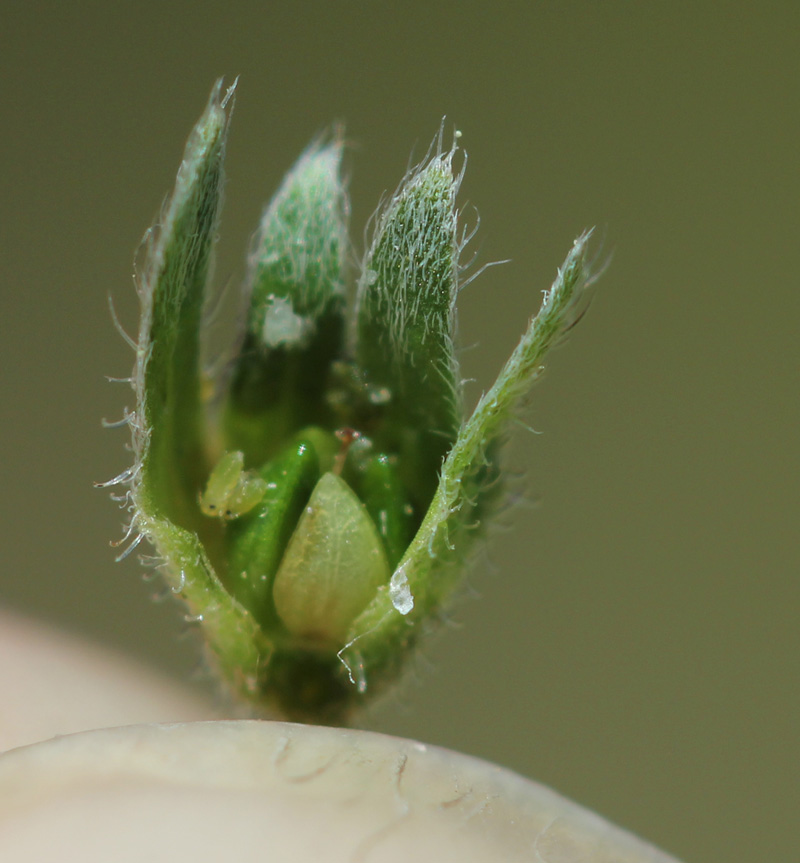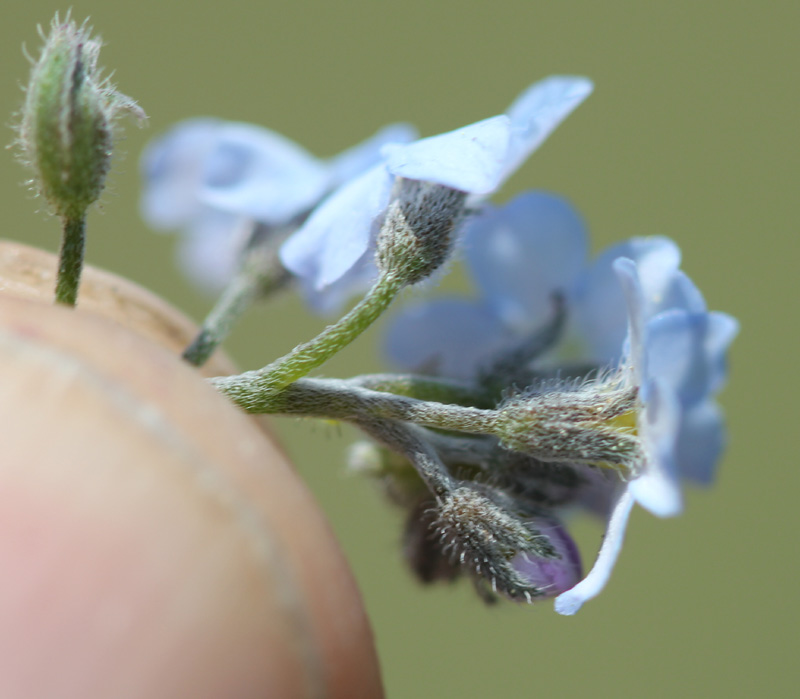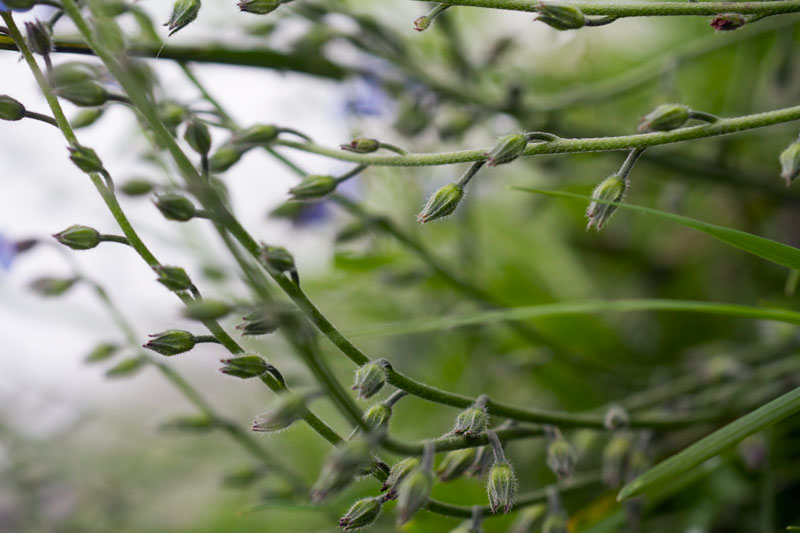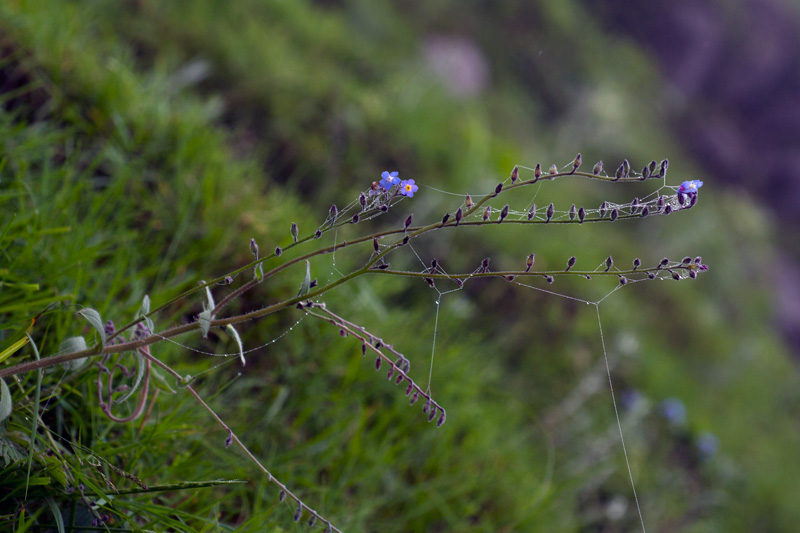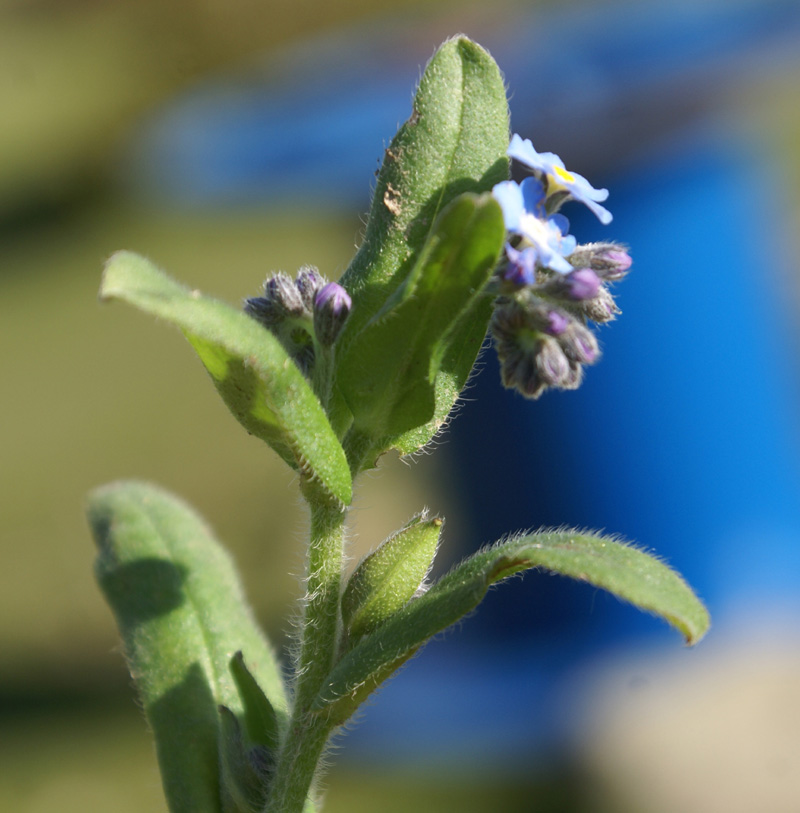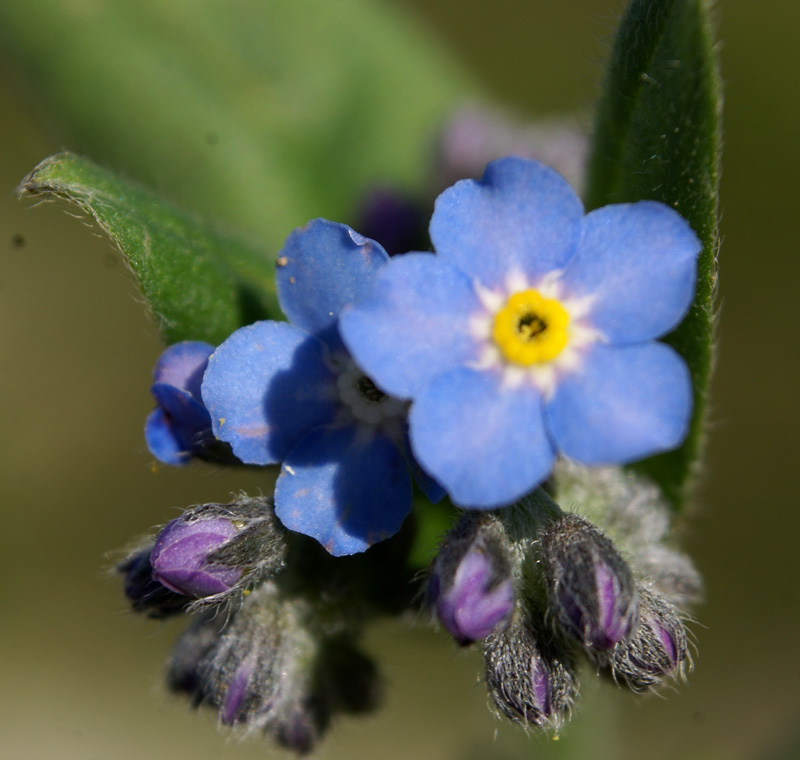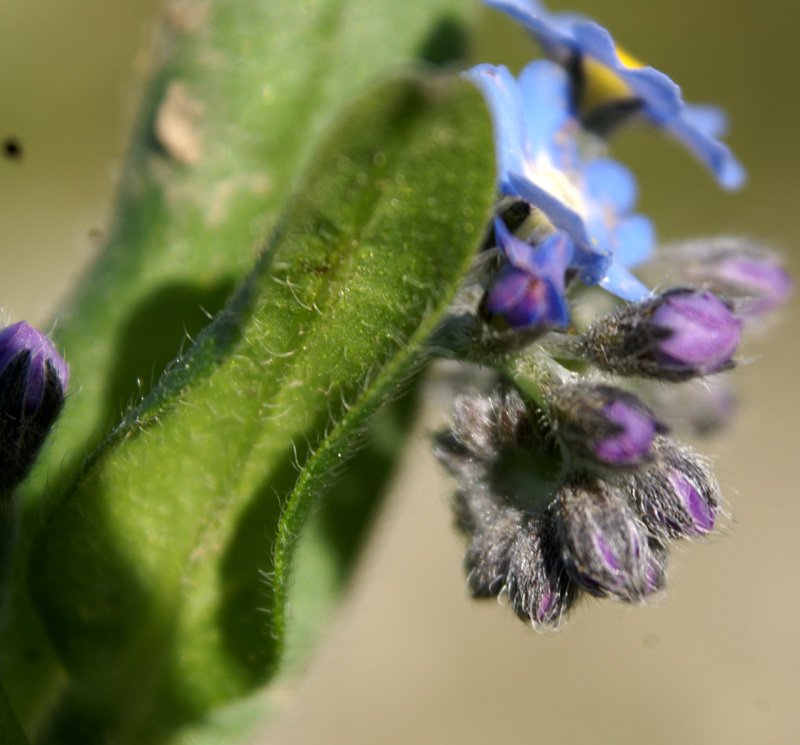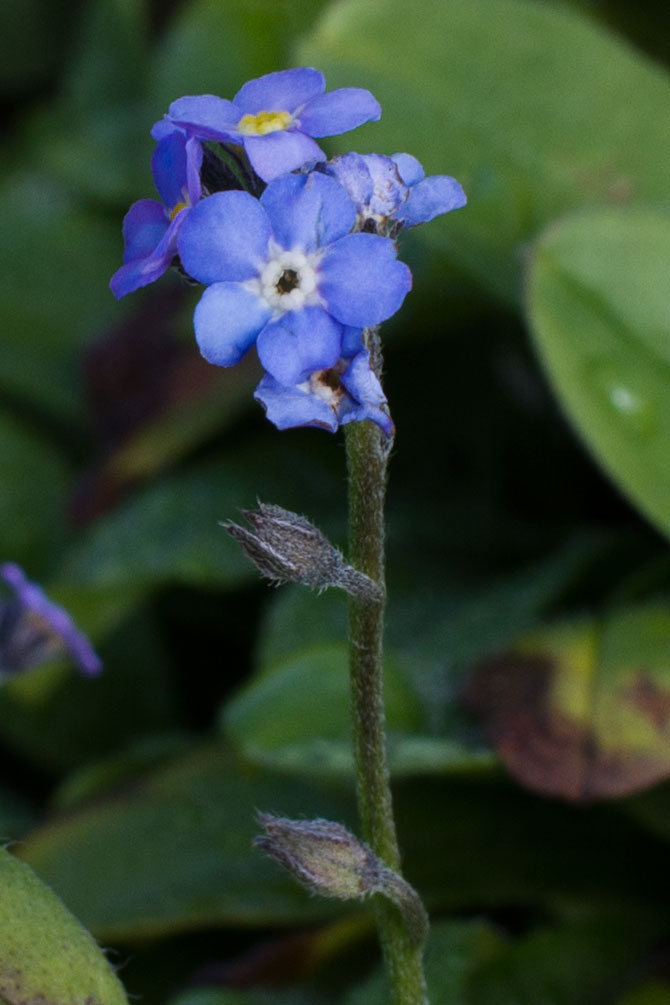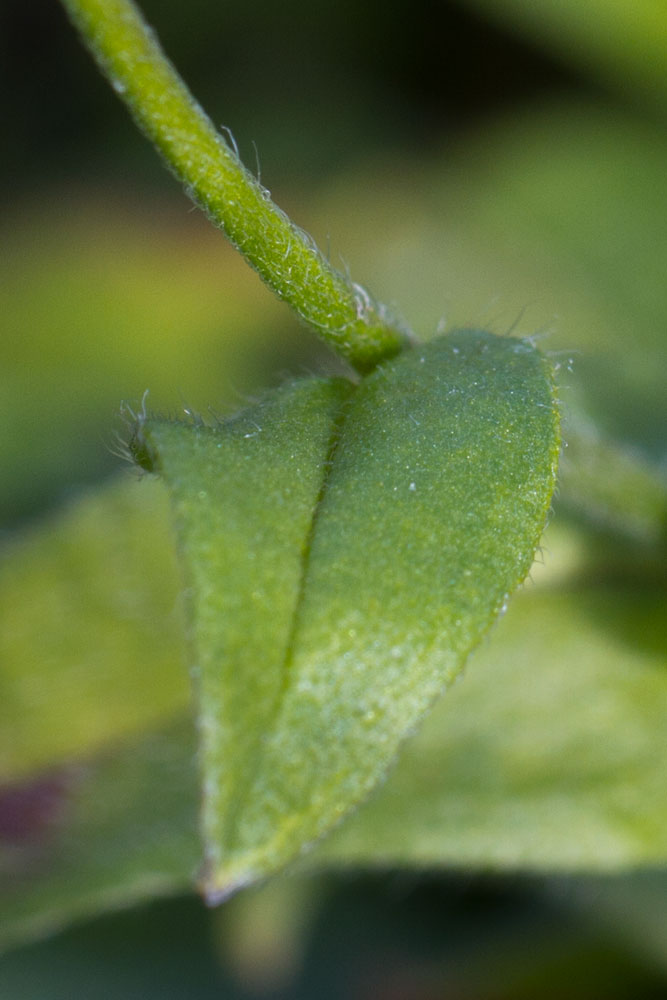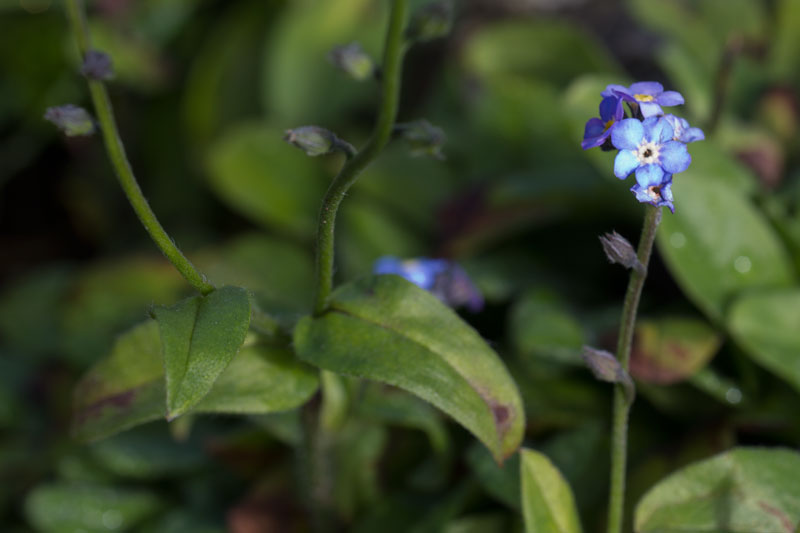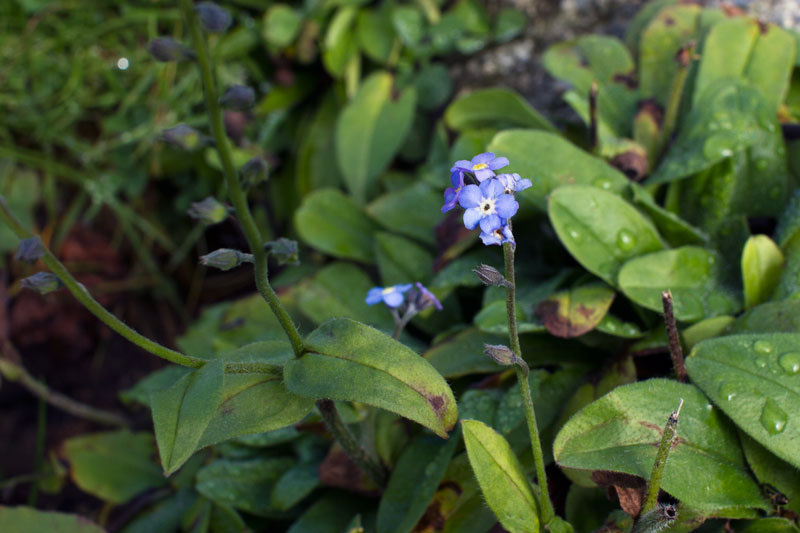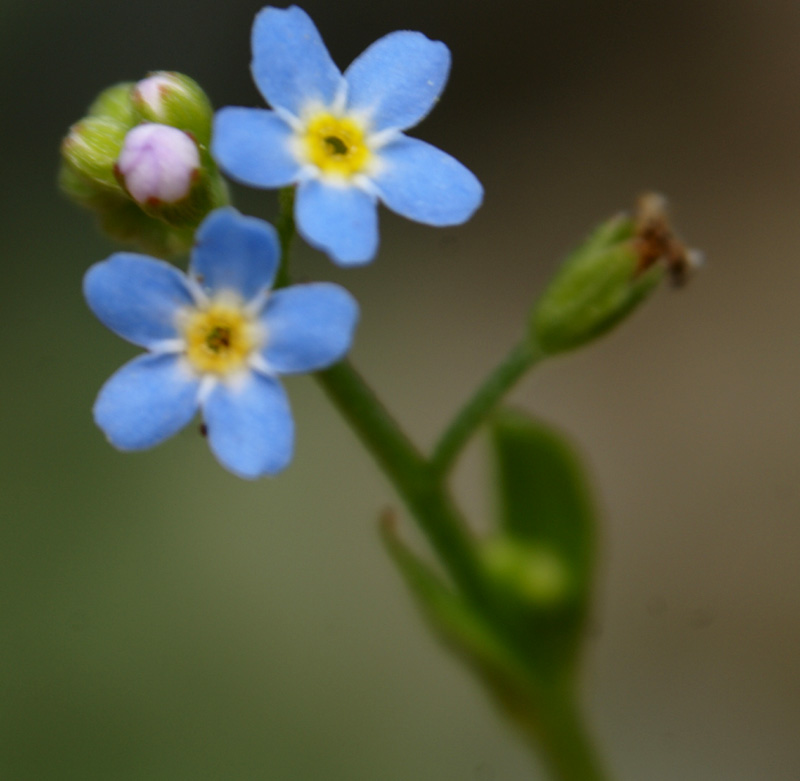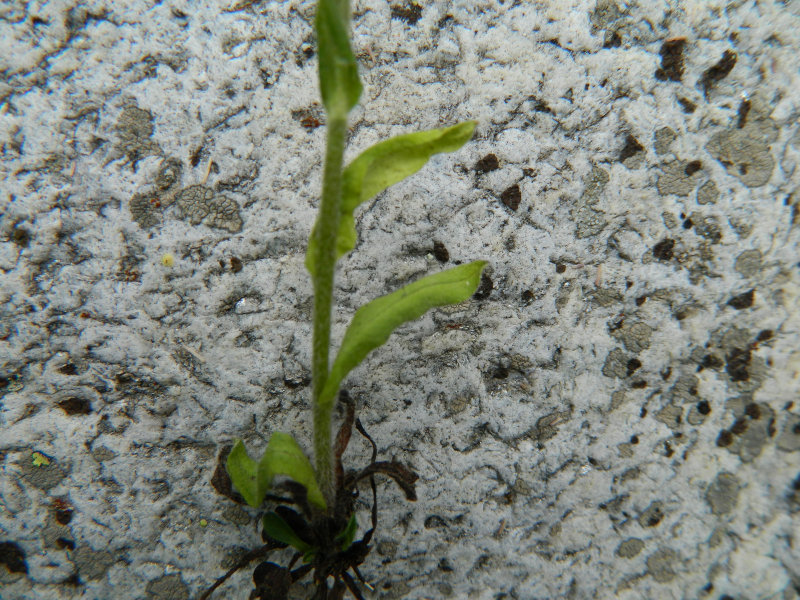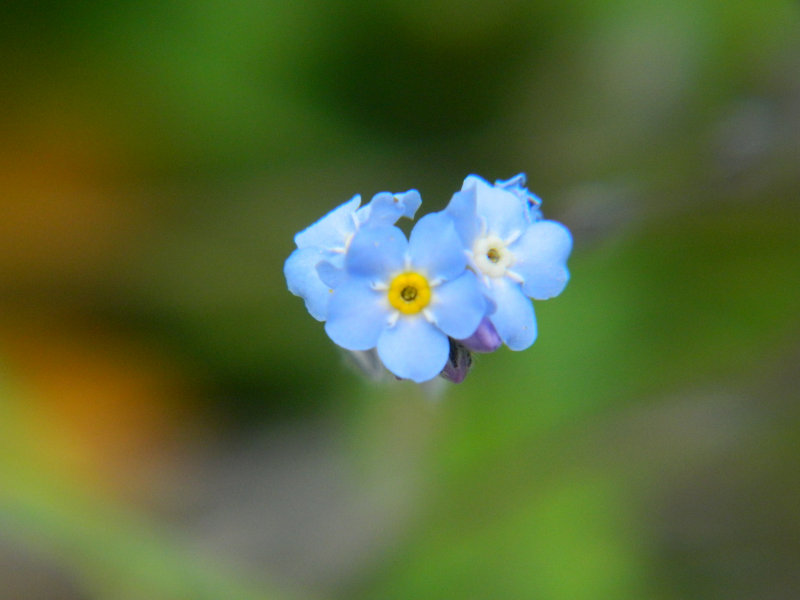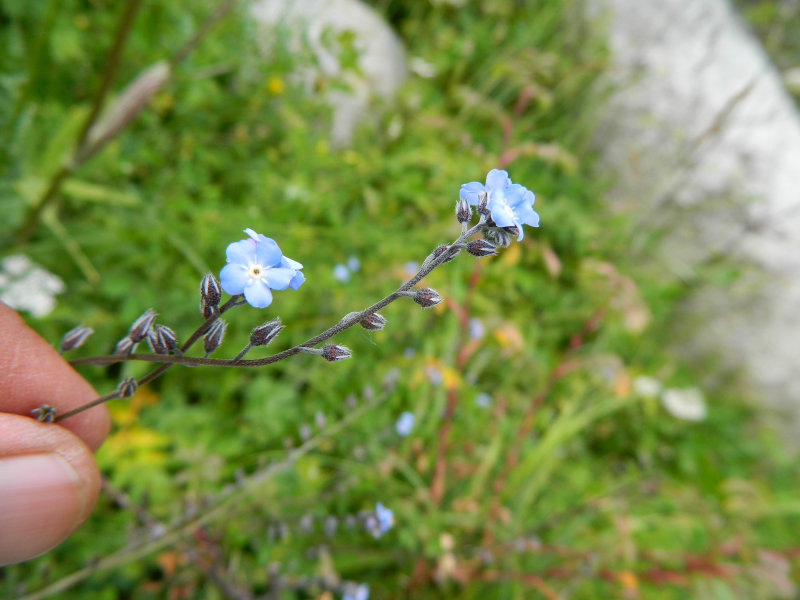.
. Species with description & keys in Flora of Pakistan (Distribution): . Myosotis caespitosa C. F. Schultz is a synonym of Myosotis laxa subsp. caespitosa (Schultz) Hyl. ex Nordh. . Floriculture in India By Gurcharan Singh Randhawa, Amitabha Mukhopadhyay (1986)- Details- . Forest Plants of Eastern India By Amal Bhusan Chaudhuri (1993)- Myosotis hookeri C.B. Clarkeis a synonym of Chionocharis hookeri (C.B.Clarke) I.M.Johnst. . Myosotis : 1 post by 1 author. I have updated eFI (efloraofindia) page on Myosotis Attempts have been made to incorporate most of the species available in India & nearby areas with details & keys directly or through links as far as possible. It’s quite possible that there may be some discrepancy in the accepted names & synonyms taken from other links. Species discussed so far in efloraofindia are given at the bottom of the page in the form of links against Subpages. On clicking them one can see all the details. If someone can provide complete list of Indian species with source references it will be wonderful. Any comments/ corrections are welcome. . Regarding Myosotis species in India- Detailed comments : 2 posts by 2 authors. How are plants identified? This is an important question. Over the decades I have met and corresponded with people from many parts of the world – with a majority not understanding how plants have traditionally been identified at a professional level and this is what all plant identification has traditionally been based upon. They really have no idea what a herbarium is for. This involved dried pressed specimens of the plant being examined in herbaria. It has been characteristics which can be observed (at times by specialist plant taxonomists) on such specimens which decide which family, then genus and then species a plant belongs to. Often little or no information was available in the form of accompanying field notes – this was certainly the case for many of the specimens Hooker and his collaborators worked with in Indi. The taxonomist deciding upon which species a plant specimen belonged too had seldom seen the plant in the wild or a living example in cultivation. This has applied until nowadays and not just in the 19th Century for ‘Flora of British India’. I know one of the leading UK field botanists (indeed one of the best in the world) who was a senior author on a major work for a country who had never set foot there. So one must understand these limitations – no matter how senior and skilled those undertaking the work in herbaria are. Likewise, one must appreciate that often, especially with general photos showing little more than the ‘habit’ of the plant and ‘pretty bits’ of the flowers overall, they do not reveal essential characteristics, making it impossible to be certain as to which species it belongs to. One needs to know which parts of the plant are important for reliable identification purposes. I have no doubt used ‘Flowers of the Himalaya’ more often than anybody alive since its publication in 1983. I knew Oleg Polunin quite well and Adam Stainton a little. Whilst their book is of high standard with very few errors, it is often used badly. Many people think of it as a full flora but is only a guide, with brief descriptions for a fraction of the total flora of the region, which concentrated upon the commoner, showier species. Most people just glance at the small pictures inside, magically “matching” these with a live plant, specimen or photo they have. Whilst it can work as some species are distinctive enough, in other cases this rather superficial method, fails. Frequently people do not chck the altitude or general location or habitat to see if these tallies with the information provided in ‘Flowers of the Himalaya’, ‘convinced’ they have spotted a particular species even though it may be 1000m higher or lower than or 1000km more NW or SE than ever recorded before! Yes FOH is a useful starting point but no more than that. In time, it may prove possible to reliably and consistently use characteristics of plants which can be observed in good quality images taken in close-up with today’s digital cameras instead of characteristics observed on dried pressed specimens but it will take time for such features of a plant to be fed into the process/system. I consider that for a species to be ‘good’ species, in most cases there should be an “overall” appearance to distinguish it morphology-wise from closely-related ones – not just some minute detail but all this requires through and methodical study. Members of this group, whether posting images or suggesting identifications contribute in different ways to advancing our understanding of Himalayan flora and the floras of other regions of India and beyond. With the aid of a hand lens which I recommended in my previous e-mail about this topic, the hairs on the calyces of Myosotis can be noted. The first part of the Key for this genus in Flora of Pakistan has such hairs: either straight appressed or spreading +/- curved to uncinate. The more detail we can observe the better our understanding of each genus and species – leading to greater reliability and consistency of the identifications performed. In many genera we need to examine plants more closely than is possible with the naked eye or most cameras. As for the suggestion of Myosotis laxa subsp. caespitosa as the identity of the member of the Boraginaceae photographed above Triund, rather than just saying whether I agree or not, I think, though involving time and effort, it would be best if I go through ALL the species of Myosotis (thankfully not many) recorded for the Himalaya and attempt to distinguish between them, IF I can, to help with future inquiries – or at least offer my preliminary thoughts. And to clarify the situation for the genus for EFI which currently has: M.alpestris; M.alpestris?; M.asiatica; M.laxa; M. sp. (this is not a Myosotis and should be removed to ‘unidentified Boraginaceae’); M.stricta – only a listing not any images. Thus it only has images of 1 of the 7 species at present. There is no quick and easy way of doing of doing this other than presenting the evidence I have (involved though this is) – which raises doubts as to the reliability of identifications which have been performed – it clearly shows there has been confusion as to distinguishing between species of Myosotis. If it was straightforward to spot & recognise this genus then more than one species would have already be on the site. I shall start by quoting the author of the account Myosotis within Boraginaceae in ‘Flora of Pakistan’ “The present treatment of the genus, especially the perennial species, is provisional. More collecting, especially fruiting material along with field notes on flower colour, ecology etc would be very helpful.” It is clear one must identify Myosotis with caution as they can be very difficult to distinguish. I consider it would also be informative to share some comments made by R.R.Mill who covered Boraginaceae for Vol 2 Part 2 of ‘Flora of Bhutan’ (1999). The only species he had seen specimens of from Bhutan was M.alpestris subsp. asiatica (now M.asiatica). Records of M.silvatica appear to be based on misidentification of two specimens labelled as such but which were M.alpestris. The two species are very difficult to separate when not in fruit and consequently literature records of either must be treated with caution. He notes some differences. Unfortunately, I still cannot locate the printed copy of Boraginaceae for ‘Flora of Pakistan’ that I obtained 30 years ago, as referring to these is much better than the flora versions (which do not contain as much information). Let me start with FLORA OF BRITISH INDIA (and then work in chronological order): FBI lists 5 Myosotis: M.caespitosa; M.sylvatica: M.arvensis; M.stricta; and M.hookeri – the latter can be removed as this is now under a different genus Chionocharis hookeri – an extremely beautiful plant found in Sikkim & Bhutan. So only 4 true Myosotis. Collet in ‘Flora Simlensis’ records M.sylvatica and M.caespitosa. N. Robson from the Natural History Museum in London visited Kashmir in 1971 recording M.alpestris subsp. asiatica from Thajiwas above Sonamarg & M.sylvatica from Gulmarg. Presumably he took pressed specimens, so the identifications are probably reliable. Stewart records 3 Myosotis from Pakistan & Kashmir. M.asiatica (M.alpestris subsp. asiatica) incl. Zanskar as very common in N.Pakistan & Kashmir @ 2600-5000m; M.refracta (syn. M.stricta) recorded from Tangmarg in Kashmir @ other lower elevations in Kashmir @ 1600-2000m + Baluchistan; then M.palustris with synonyms M.scorpioides var. palustris and M.caespitosa sensu Clarke – remarking that it was very common in wet places @ 1600-3000m but not M.arvensis. Hartmann recorded Myosotis asiatica from the Suru Valley through to Pensi La (4410m). R.Lancaster (UK) led a botanical tour to Kashmir in 1979 – he recorded M.caespitosa from Pahlgam & M.sylvatica from Aphawat. I do not know if any pressed specimens were taken or the reliability of the identifications. ‘Enumeration of Flowering Plants of Nepal’ lists: M.alpestris; M.caespitosa and M.silvatica– they mention M.robusta but the type specimen had not been found and the identity of this species was uncertain. My team located M.asiatica in the Suru Valley during the University of Southampton Ladakh Expedition, 1980 – at the Parkachik Pass @ 3600m on a mountain slope, rocky, dryish, silt amongst grasses and Polgonum to 24cm, pale blue flowers. ‘Flowers of the Himalaya’ describes 2 species out of the 7 it says occur in the region: M.alpestris found from Pakistan to Bhutan @ 3000-4300m on open slopes; M.silvatica also found from Pakistan to Bhutan @ 1800-4000m in shrubberies and meadows. Naqshi, Singh & Koul in ‘Plants of Gulmarg’ record M.arvensis from Gulmarg; M.caespitosa from Tangmarg; M.stricta from Tangmarg and M.sylvatica from Tangmarg to Khillenmarg (common). The leaders of a botanical tour to Lahoul in 1986 (UK) recorded M.alpestris in a valley near Darcha (with a herbarium specimen taken to Edinburgh herbarium so identification can be relied upon and questions the next entry) and M.sylvatica from a meadow on the way up the Rohtang Pass. As for ‘Flora of Lahaul-Spiti’, where I was expected M.asiatica to be recorded, I find the authors instead list: M.stricta* (as frequent on moist slopes at Darcha) and M.silvatica as common in alpine meadows and on slopes at Khoksar. I find these claims somewhat surprising. Without examining actual specimens, I cannot be certain but have my doubts identification-wise. *The authors state that M.refracta is sometimes considered as the correct name for this species and though closely allied can easily be distinguished. Well to suggest anything is easy with Myosotis is questionable! They missed M.asiatica which was expected to be found in Lahoul. Dickore & Klimes list only M.asiatica in their checklist for Ladakh. Boraginaceae for ‘Flora of Pakistan’ (not sure of date published) lists 7 species: M.caespitosa, M.palustris, M.scricta, M.refracta subsp. chitralica, M.alpestris susbp. asiatica, M.silvatica and M.arvensis. IF this account is correct (provisional though it is understood to be) then there clearly has been confusion between species of Myosotis for decades. This seems more than enough to digest at one go, so I shall continue my account in another part in my next e-mail.
|
Myosotis
Updated on December 24, 2024

